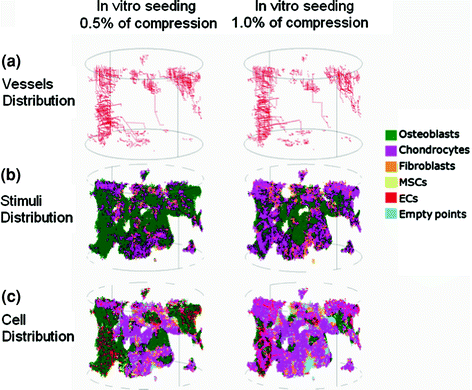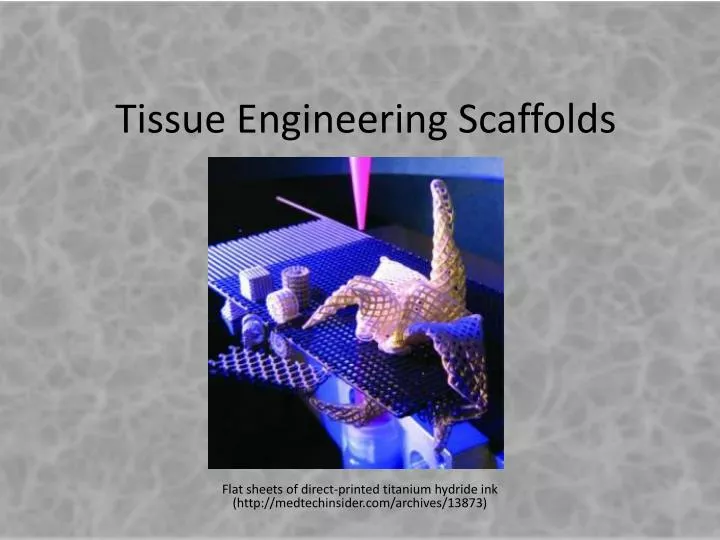

12– 14 Autografts, further, may be a null treatment option in cases where the defect site requires larger volumes of bone than is feasible or available. 11 Autologous bone transplants are very expensive procedures, and they may result in significant donor site injury and morbidity, deformity, scarring and they are associated with surgical risks as well: bleeding, inflammation, infection, and chronic pain. However, autografts involve harvesting bone from the patient’s iliac crest, and thus, requires a second operation at the site of tissue harvest. Specifically, autografts possess the essential components to achieve osteoinduction (i.e., bone morphogenetic proteins (BMPs) and other growth factors), osteogenesis (i.e., osteoprogenitor cells) and osteoconduction (i.e., three-dimensional and porous matrix). 4– 10 To date, autografts serve as the gold standard for bone grafts because they are histocompatible and non-immunogenic, and they offer all of the imperative properties required of a bone graft material. 4Įxtensive studies have reported the considerable shortcomings, limitations, and complications of current clinical treatments for bone repair and regeneration these include autologous and allogeneic transplantations using autografts and allografts. This figure is expected to double by 2020 in the United States and globally due to a variety of factors, including the growing neeeds of the baby-boomer population and increased life expectancy. Annually in the United States, more than half a million patients receive bone defect repairs, with a cost greater than $2.5 billion. 1– 3 Currently, the United States, as well as other countries worldwide, is experiencing an exceedingly high demand for functional bone grafts. Bone defect repair using the tissue engineering approach is perceived as a better approach because the repair process may proceed with the patient’s own tissue by the time the regeneration is complete.

These challenges will drive future research in the field.īone grafts are utilized in a wide array of clinical settings to augment bone repair and regeneration. We conclude by overviewing the challenges that face the bone tissue engineering field, such as the lack of sufficient vascularization at the defect site, and the research aimed at functional bone tissue engineering.

In addition, we examine various cellular approaches, including the use of mesenchymal stem cells (MSCs), embryonic stem cells (ESCs), adult stem cells, induced pluripotent stem cells (iPSCs), and platelet-rich plasma (PRP), and their clinical application strengths and limitations. Specifically, we discuss widely investigated biomaterial scaffolds, micro- and nano-structural properties of these scaffolds, and the incorporation of biomimetic properties and/or growth factors. Further, we review the recent advances of biomaterial and cell-based research, as well as approaches used to enhance bone regeneration. In this review, we discuss the fundamentals of bone tissue engineering, highlighting the current state of this field. Bone tissue engineering aims to induce new functional bone regeneration via the synergistic combination of biomaterials, cells, and factor therapy. However, bone tissue engineering practices have not proceeded to clinical practice due to several limitations or challenges. Engineered bone tissue has been viewed as a potential alternative to the conventional use of bone grafts, due to their limitless supply and no disease transmission. The worldwide incidence of bone disorders and conditions has trended steeply upward and is expected to double by 2020, especially in populations where aging is coupled with increased obesity and poor physical activity.


 0 kommentar(er)
0 kommentar(er)
